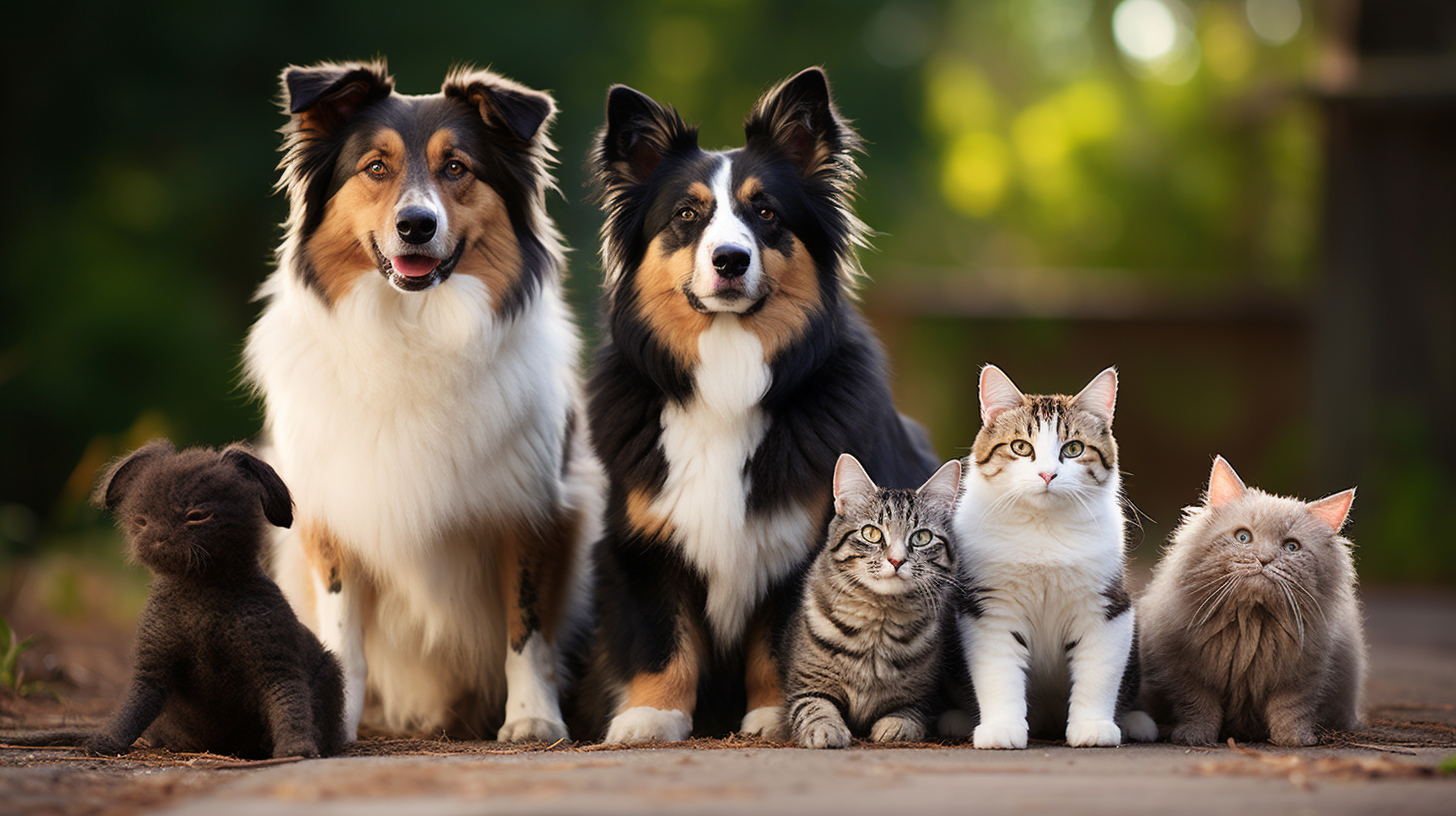It’s a well-known adage in the animal kingdom that cats and dogs have their differences. But in an ambitious move, the bustling metropolis of the Canine Republic is setting out to debunk old myths and forge new alliances with their feline neighbors. The central question that has political pundits and animal activists buzzing in the cafes and parks around the city is: Could urban planning be the key to interspecies harmony?
Following the tail-wagging success of smart dog parks, a new urban welfare strategy, pawsibly the most innovative yet, is looking to take inclusive city planning to the next level. The strategy proposes creating ‘Communal Tails Zones’ (CTZs) – shared urban spaces designed to cater to the needs of both dogs and cats.
Urban developers, along with representatives from the dog and cat communities, have been scratching at ideas to ensure these new spaces provide equal opportunities for sports, relaxation, and socializing. Early blueprints reveal agility playgrounds with adjustable heights and textures for clawed and non-clawed paws and lounging areas that accommodate both sun-bathing and shade preferences.
The Cultural Exchange Initiative: Part of the CTZ proposal includes cultural workshops aimed at fostering understanding between the species. Imagine, if you will, a place where cats can teach dogs about the art of the quiet hunt, and in turn, dogs can showcase the coordination of pack-based games.
Environmental and Health Focus: Specialists are prioritizing designs that will enhance environmental sustainability and promote good health. The plan includes aeroponic community gardens and toxin-free flea control zones, providing shared spaces that are not only enjoyable but also mutually beneficial to canine and feline health.
There are skeptics, of course, who hiss at the thought of such unity, pointing to the proverbial ‘fight like cats and dogs’. But Dr. Furrington, a Dalmatian sociologist, offers a different perspective: ‘Conflict arises from misunderstandings. If we can design spaces that encourage engagement and understanding, we’re not just building parks, we’re building bridges.’
Feedback from the street is optimistic, with many urban tails wagging at the idea of a more harmonious city. ‘It’s about time we chased the same ball,’ a local Labrador retorts with a hopeful bark.
The sports aspect of the CTZs is particularly thrilling. Plans include a modified version of ‘catch-the-laser’ that meets the athletic prowess of both species, along with traditional dog frisbees and cat wands getting equal footing in the playing fields.
CTZs could also serve as a model for other animal cities struggling with segregation and species-specific amenities. The notion of *’pawlicies’* crossing species barriers opens the door to wider debates on urban welfare and interspecies cooperation.
In terms of timing, ‘pawliminary’ construction is expected to start in the spring, with the hopes of opening the first CTZ by the year’s end. But will it be the parliament’s pet project or will it flee away like a scaredy-cat? Only time will tell. For now, tailed citizens on both sides of the fur line appear ready to leap into this brave new world.
Whether tails are wagging or whiskers twitching in anticipation, it’s clear the path toward interspecies understanding isn’t just a walk in the dog park anymore. As we stand on the cusp of this revolutionary idea, one can’t help but wonder what a world it would be – where paws and claws tread the same ground not in fear, but in fellowship. Stay tuned as we keep a paw on the pulse of this groundbreaking strategy – will it be a tail of success or a tail to caution future generations?
